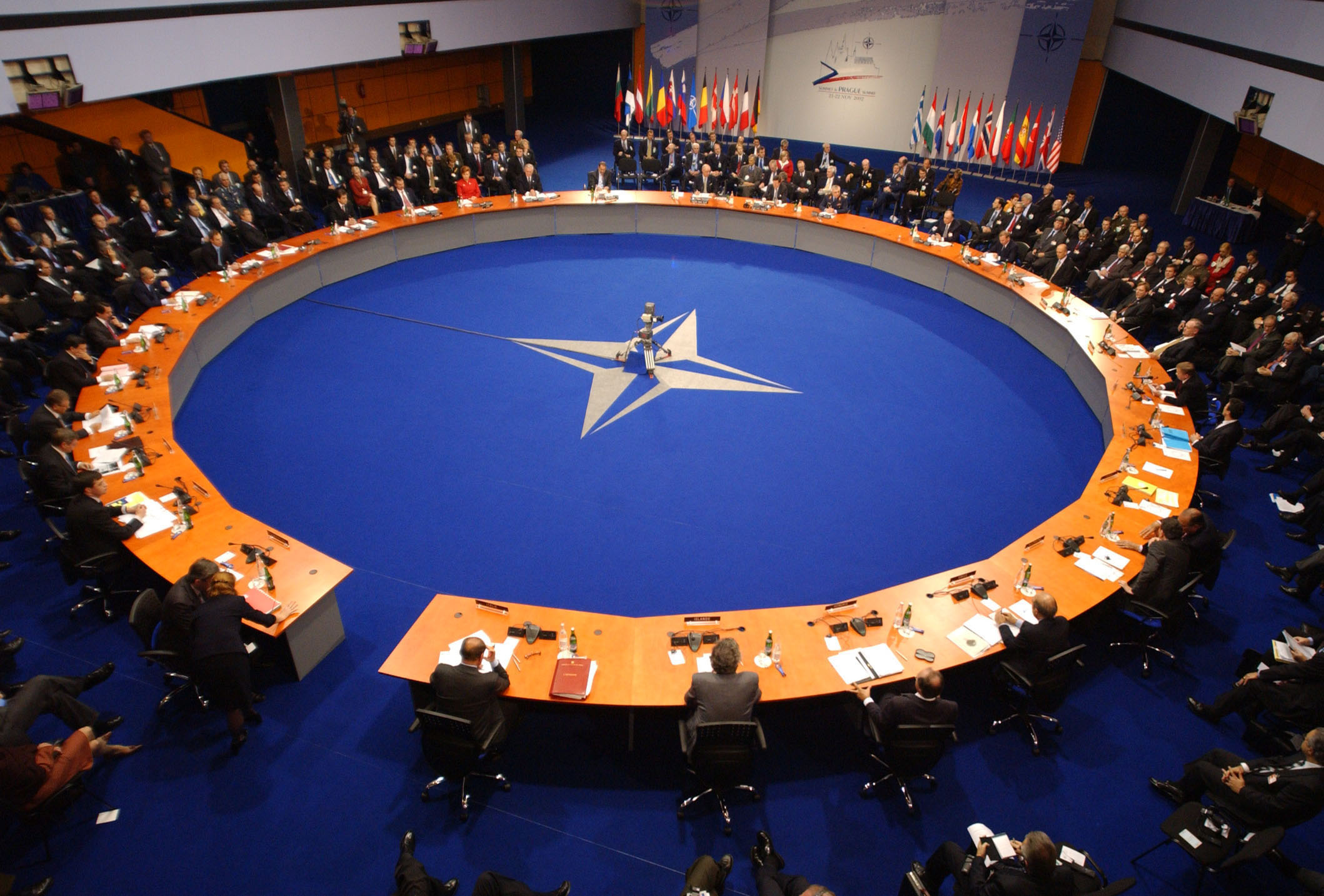Results 1 to 1 of 1
Thread Information
Users Browsing this Thread
There are currently 1 users browsing this thread. (0 members and 1 guests)
-
02-02-2024, 04:41 AM #1
Bracing for war? NATO to establish network of “military corridors” across Europe
Bracing for war? NATO to establish network of “military corridors” across Europe
02/01/2024 // Richard Brown // 1.6K Views
Tags: big government, border security, chaos, Cold War, conspiracy, European Union, military drills, military exercises, national security, NATO, preparedness, Russia, Steadfast Defender 2024, World War III

Plans are actively in motion to establish a comprehensive network of "military corridors" spanning Europe.
The primary objective is to overcome the intricate regulatory challenges that currently hinder the smooth exchange of equipment and personnel among NATO member nations. This initiative gains significance in the context of preparing for potential major conflicts, particularly with Russia.
Lieutenant-General Alexander Sollfrank, NATO's European logistics chief, has been a proponent of this idea since November. He urged regional countries to collaborate and create zones that would facilitate the rapid and efficient movement of troops and ammunition during critical situations. (Related: NATO holds massive military exercise to prepare for planned escalation of war with Russia.)
The need for such military corridors arises from the complex web of regulations within the European Union (EU), which has presented a substantial obstacle for NATO planners. The convoluted processes involved in cross-border exercises often require extensive paperwork, leading to potential delays in military responses during crises.
Discussions on the establishment of these corridors are actively underway, and there is an expectation that concrete outcomes may be announced before NATO's upcoming summit in July. The aim is to streamline the exchange of critical resources and personnel, enabling a more efficient and coordinated response in the face of potential security threats.
Sollfrank emphasized the urgency of starting this initiative without delay, urging member nations to proactively address and minimize bureaucratic impediments.
The objective is to "reduce or adapt the red tape" wherever possible to ensure swift and effective military cooperation.
Sollfrank pointed out specific instances, such as restrictions on paratroopers using parachutes from other member states, where unnecessary barriers exist. He stressed that, unless there are genuine technical or security concerns, such impediments should be eliminated.
While there is a shared acknowledgment among military leaders regarding the need for military corridors, challenges remain.
Lieutenant General Jan-Willem Maas, head of the Defense Support Command for the Dutch armed forces, stressed that there is still much preparation needed before the envisioned network becomes fully operational.
Push for military corridors coincides with NATO's most extensive military drills in decades
On Tuesday, Jan. 30, Germany, the Netherlands and Poland inked an agreement aimed at streamlining bureaucratic hurdles that impede the rapid cross-border movement of troops and weaponry along a key corridor from the North Sea to NATO's eastern flank.
This development comes as a response to the heightened preparations by NATO and the EU following Russia's invasion of Ukraine in 2022, with an anticipation of potential military conflicts with Moscow.
In the event of such a conflict, NATO allies, including the U.S., are expected to deploy significant military reinforcements through North Sea ports, traversing Germany and Poland to reach the eastern front.
Currently, NATO is engaged in its most extensive military drills since the end of the Cold War, known as Steadfast Defender 2024, involving approximately 90,000 troops.
Addressing the importance of facilitating swift military deployments, Dutch Defense Minister Kajsa Ollongren emphasized the necessity of having operational conditions in place before the outbreak of any potential conflict.
The geographical reality dictates the need for rapid movement from the Netherlands through Germany to Poland, underscoring the significance of the signed letter of intent for closer cooperation in military mobility—a project that is open to additional partners, according to the EU.
NATO has consistently highlighted the issue of excessive red tape hindering troop movements across Europe, which could result in significant delays during a potential conflict with Russia.
Sollfrank has stressed the urgency, stating that tasks not completed in peacetime will not be ready in the event of a crisis or war.
Challenges include navigating diverse regulations, ranging from advance-notice requirements for ammunition shipments to permissible convoy lengths for military movements. The cooperative agreement among Germany, the Netherlands and Poland represents a concerted effort to address these challenges and enhance the alliance's preparedness.
Watch this video about the start of NATO's largest military exercise since the Cold War.
This video is from the Puretrauma357 channel on Brighteon.com.
More related stories:
NATO preparing for World War III.
NATO secretary-general’s chief of staff proposes ceding Ukrainian territory to Russia in exchange for NATO membership.
NATO running out of weapons for Ukraine: "bottom of the barrel" now visible.
Sources include:
RT.com
Reuters.com
Brighteon.com
Bracing for war? NATO to establish network of “military corridors” across Europe – NaturalNews.comIf you're gonna fight, fight like you're the third monkey on the ramp to Noah's Ark... and brother its starting to rain. Join our efforts to Secure America's Borders and End Illegal Immigration by Joining ALIPAC's E-Mail Alerts network (CLICK HERE)
Similar Threads
-
U.N. Wants to Phase Out National Militaries, Establish A Global Military & Disarm You
By Airbornesapper07 in forum Other Topics News and IssuesReplies: 0Last Post: 01-26-2024, 08:04 PM -
Britain, NATO Prepare For War On Russia In The Arctic "The NATO military alliance i
By Airbornesapper07 in forum Other Topics News and IssuesReplies: 0Last Post: 10-11-2018, 06:10 AM -
NATO Pulls Pakistan Into Its Global Network
By AirborneSapper7 in forum Other Topics News and IssuesReplies: 1Last Post: 07-25-2010, 03:09 PM -
U.S., NATO Expand Military Role In SE Europe
By carolinamtnwoman in forum Other Topics News and IssuesReplies: 0Last Post: 09-14-2009, 10:37 PM -
Europe Undermines Nato
By CCUSA in forum Other Topics News and IssuesReplies: 1Last Post: 09-20-2008, 06:11 PM


 LinkBack URL
LinkBack URL About LinkBacks
About LinkBacks




 Reply With Quote
Reply With Quote


72 Hours Till Deadline: Durbin moves on Amnesty
04-28-2024, 02:18 PM in illegal immigration Announcements